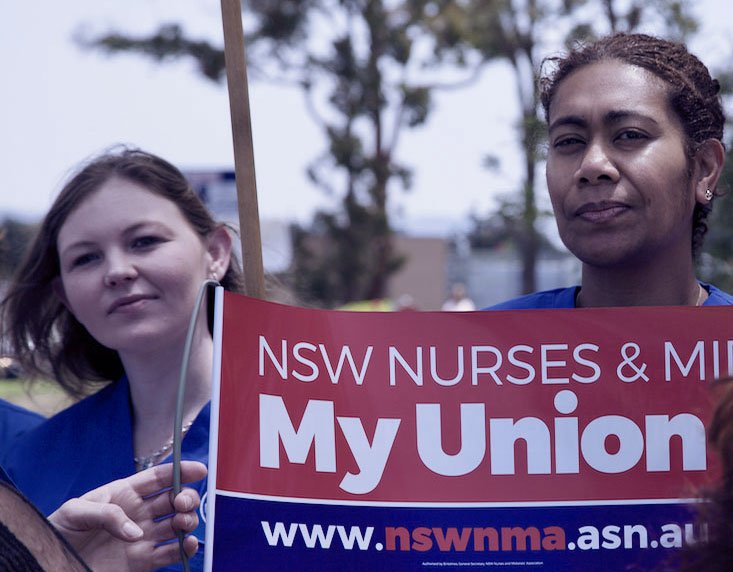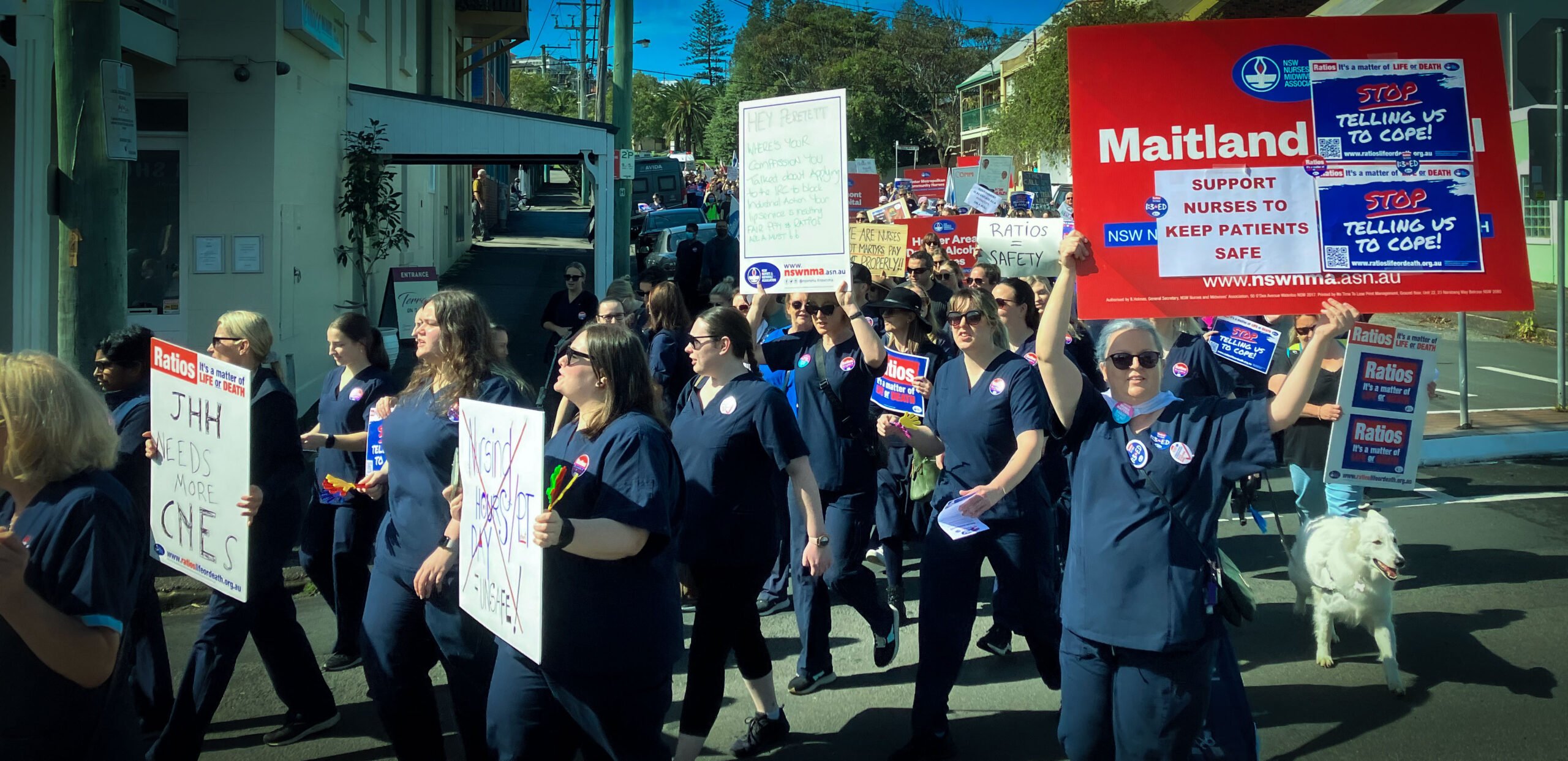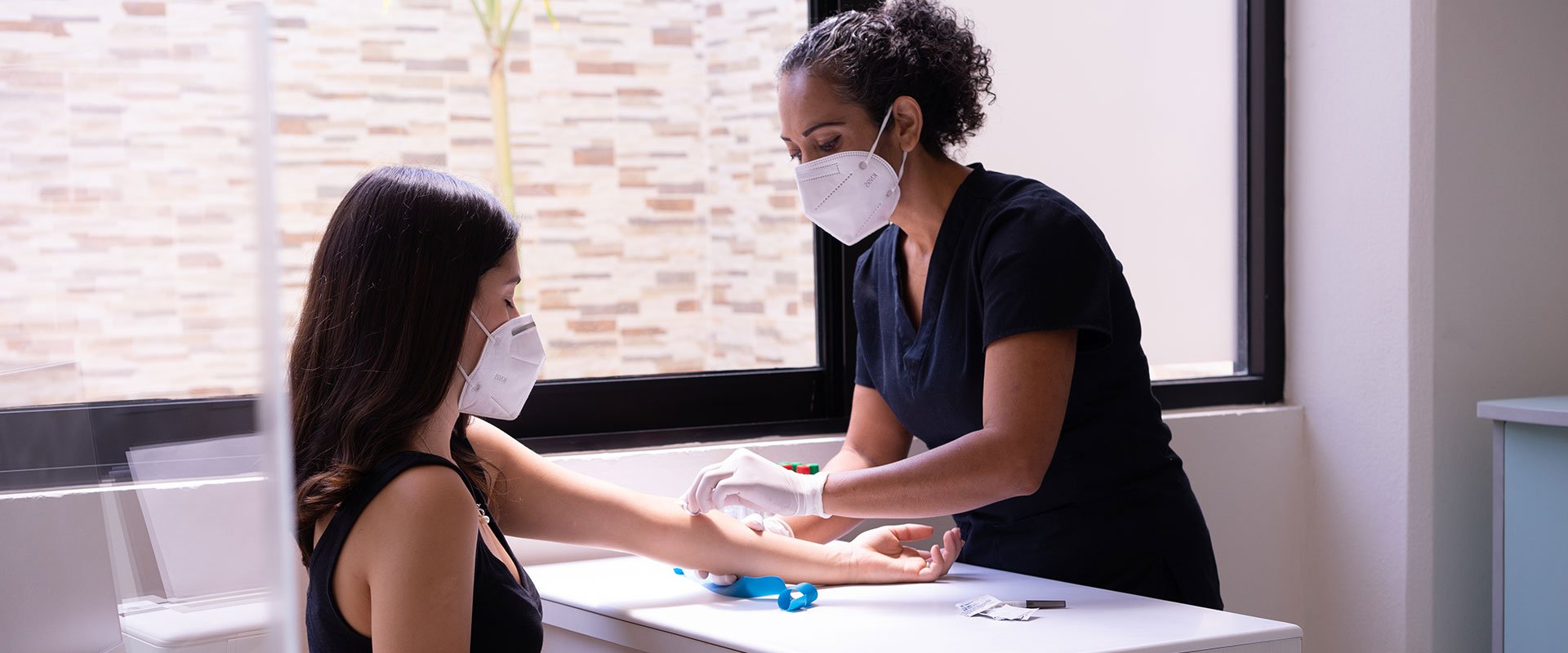NSW Nurses and Midwives Association (NSWNMA) members at Dubbo Hospital have voted to close the six beds in the hospital’s Emergency Medical Unit (EMU) from Monday afternoon, 30 September, and ban unreasonable overtime in the emergency department (ED) from next Friday, 4 October, in response to unsafe nursing levels in the ED.
The six beds will remain closed until all nursing vacancies are recruited to and the new staff are actively working in the ED or the vacancies are backfilled by agency nurses.
The decision to align bed numbers with available nursing resources, to protect safe patient care, was taken at an extraordinary meeting of the NSWNMA’s Dubbo Base branch late last week.
Dubbo Base ED has 20 beds, including the six EMU beds, two resuscitation beds, three consultation rooms and a patient chair. There are currently nearly nine fulltime-equivalent (8.84 FTE) nursing vacancies in the ED, including three on maternity leave who have not been replaced. There should be 41.05 FTE to cover all shifts in the ED, but it is currently at 32.21 including the three on maternity leave.
NSWNMA general secretary, Brett Holmes, said this level of vacancies is completely unacceptable, especially in a key regional emergency department.
“The Western NSW Local Health District says it has to find $19.5 million in savings, as that is apparently what it overspent last financial year. That is also unacceptable. It is an overemphasis on budgets over patient care and safety. After all Australia runs one of the cheapest health systems in the world, at less than nine percent of gross domestic product.
“The people of Dubbo and surrounding regions that depend on Dubbo Base deserve better than this from the State Government. It is unsafe for patients and staff and the ED nurses are right to act decisively. All nurses and midwives have a professional obligation to ensure safe patient care and no employer can ask or expect a nurse or midwife to work unsafely.
“At Dubbo ED there are 126 gaps in the current roster, which runs from Monday 16 September until Sunday 13 October 2013. Seventy-one of these 126 gaps are experienced nursing positions – 26 in the resuscitation area, 16 in triage, 13 in the clinical initiative role and 16 are the nurse in charge position.
“There has also been a big increase in the length of time many patients stay in the Dubbo ED. In 2008-09 162 patients were in the ED more than 24 hours. This blew out to 546 last year.
“There were 28,061 presentations for the year 2012-13, which has mostly remained the same for the past four years. However, over that time Triage 1 presentations, or life threatening presentations, have increased by 134 per year, Triage 2 have increased by 320 and Triage 3 by 936. Triage 4 and 5 presentations, the less serious cases, have actually decreased over the past four years.
“To cope with these vacancies nurses are being asked to do excessive overtime and handle more patients, increasing numbers of whom are seriously ill, than it is safe for them to be dealing with.
“This Dubbo staffing shortage is also further evidence of the need for mandated, minimum nurse-to-patient ratios in all clinical areas, including EDs, in our hospitals. The failure of the Western NSW LHD to fill these positions, even with agency nurses while they recruit permanent nurses to the vacancies, proves why local managers cannot be left to handle these things without such compulsory minimum staffing levels,” Mr Holmes said.
The first round of enforceable, minimum nurse-to-patient ratios was introduced into general medical and surgical wards in most NSW hospitals as part of the 2010-11 award negotiated between the NSWNMA and former Labor government.
The NSWNMA wants the O’Farrell Government to build on this landmark staffing reform by extending the ratios or guaranteed minimum staffing to more clinical units, including emergency departments, children’s wards, intensive care units, community health services and smaller hospitals. It also wants all hospitals to be treated equally, so that the nurse-to-patient ratios are the same in each hospital around the State.
That means, in summary, minimum legally-enforceable nurse-to-patient ratios such as:
• one nurse to four patients, or a minimum average of six nursing hours per patient per day, in all general medical, surgical and acute inpatient mental health wards in every hospital throughout the State, including all country hospitals;
• one nurse per three children in general children’s wards – about 8.5 hours per child per day.
• one nurse to three patients in emergency departments;
• one nurse per patient in intensive care units, including neo-natal ICUs; and
• a maximum of four hours patient contact time per nurse/midwife eight-hour shift in community health services, including most community mental health services.
In March this year the NSWNMA launched its Ratios put patient safety first campaign to achieve this outcome. Thousands of nurses and midwives around the state, including many working at Dubbo Base Hospital and other Western NSW LHD facilities, held a statewide strike on July 24 as part of the campaign and in response to the O’Farrell Government’s failure to implement this vital patient safety reform.







